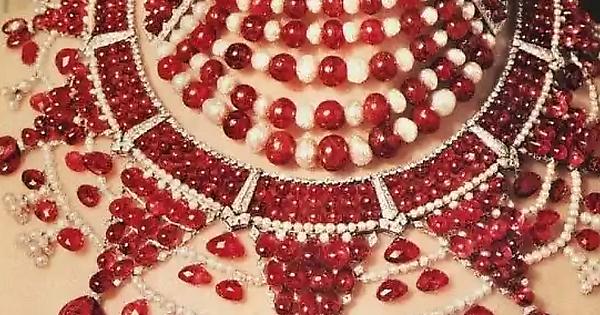|
Poetically known as the king of jewels and scientifically known as the red variety of the mineral corundum, the ruby is among the most valuable gemstone known to humankind. The enchanting delight brought to the world by these sensational gems precedes known history. Stone Age and Bronze Age tools discovered in the Mogok ruby mines of Myanmar (formerly Burma) indicate that rubies were being mined in prehistoric times, though the restrictions on foreign archeological researchers entering the country mean little is known about how rubies were specifically utilized during those early civilizations. Recorded history, though, shows ample evidence that rubies have long been a gemstone of fascination and inquiry. Pliny the Elder described their incredible density in his Natural History and surmised they are gemstones with genders, while Marco Polo rhapsodized about the magnificence of the rubies he had seen on his journeys along the Silk Road according to The Travels of Marco Polo.
In more modern times, Queen Elizabeth II was gifted a necklace of Burmese rubies by the people of Burma as a wedding present in the belief that rubies protect against illness and evil, and stunning rubies of immense value like the Carmen Lúcia Ruby can be viewed at museums throughout the world including the National Museum of Natural History in the United States.
|
